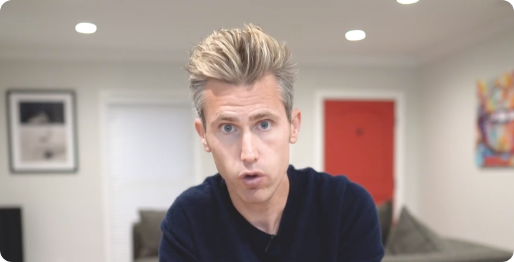Sir Alexander Fleming was searching for a “wonder drug” that would cure diseases. After repeated failures, Fleming threw away his experiments and gave up. However, he later noticed that a contaminated Petri dish he had thrown away now contained a mold that was eating the bacteria around it. From his discarded failure, Fleming had just invented penicillin.
History is full of examples of great inventions discovered through mistakes and failures: microwaves, pacemakers, fireworks, Scotchgard, Post-it notes, and most importantly… chocolate chip cookies and potato chips.
We learn from our successes, but we often learn more from our failures. Scientists studying cancer won’t ignore key research methods or findings in another medical field. On the contrary, they will study new research intently to see whether they can adapt other methods for their purposes.
However, some content creators neglect to learn from either, believing that luck or originality will somehow help them win the viral lottery. Once in a while fortune favors them with a big win, but then they don’t know how to replicate the success. In fact, that single big win can be more counterproductive than several big mistakes.
When we see a hot trend and try to jump on it, we forget the iceberg principle: for the few viral successes, there are way more failures. Another way to look at this is to think of a room of monkeys and typewriters. With enough time, one of the monkeys might type a single intelligible word, but that’s not a solid strategy for creating meaning or building a social media strategy.
Instead, shift your focus to the videos in a particular trend that didn’t go viral. Can you spot the reasons why? With enough analysis, you can find the subtle nuances that explain why that content didn’t succeed.
If you’re relying on luck to go viral, ask yourself if there might be a better strategy.
The answer is a resounding yes. You can study viral content and learn valuable insights on how and why it went viral. Additionally, you can study non-viral content and learn even more valuable takeaways for your own content.
The point is, stop throwing stuff at the wall to see if it sticks. Treat content creation like any other data-backed process and apply the learnings gleaned from careful research and analysis. You might be surprised by what you find.
Want more actionable tips on effective social media communication? We’ve got you covered. Join Viral Trends today and take advantage of our team of crazy masterminds and communication analysts who can provide you with the learnings and process to get social media results.



